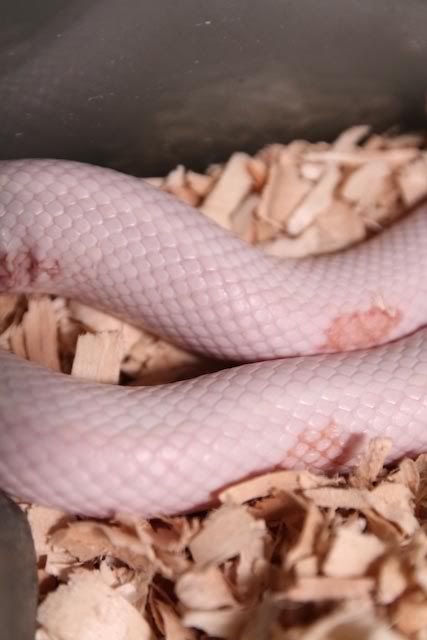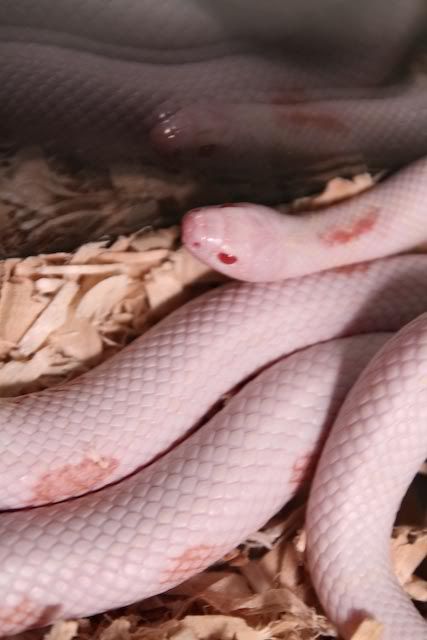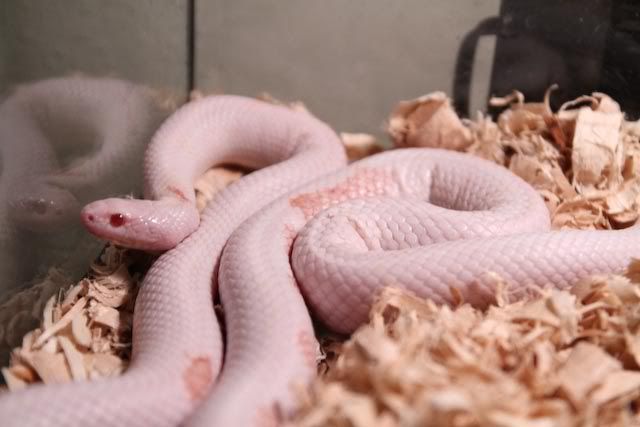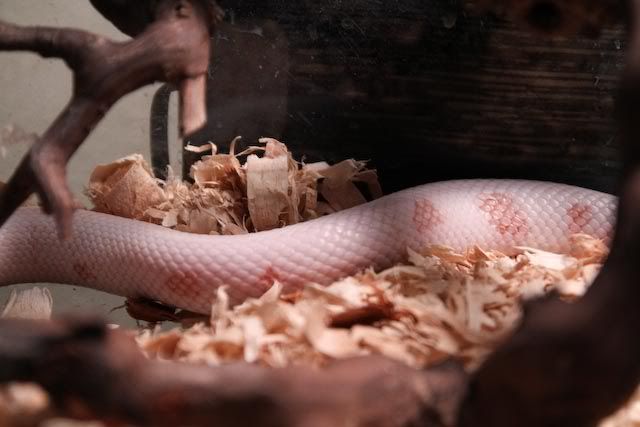But still, most cases would come from bad husbandry, right? At least the worst cases... and how do we know if it associated with captivity? Don't snakes in the wild get it? I would be surprised...
I wouldn't say most cases come from "bad husbandry". In fact, I would venture to guess that the majority of scale rot cases come from individuals that breed and keep a high number of snakes, even if only because of the odds game. That would lead me to conclude that the highest number of cases comes from the most knowledgeable base of keepers.
What I mean is...a person that keeps only 1 snake for 15 years may or may not ever see that snake develop scale rot, regardless of their husbandry. A top-notch breeder with top-notch husbandry that keeps 300 snakes is far more likely to see a fair amount of scale rot cases develop in their collection due to sheer volume of animals. Because they keep so many snakes, the odds are in favor of 1 or 2 developing scale rot regardless of the level of husbandry and care.
This is why one should never assume that a case of scale rot is due to "bad husbandry". It happens. It can
sometimes be attributed to bad husbandry, and certainly good husbandry will lessen the chances, but the simple fact is that bacteria develops in captivity, and infections can occur, even if you keep your cages pristine. A small scratch from a piece of sharp aspen or an edge on your aquarium can develop into one helluva case of scale rot, even if the cage is spotless...
And snakes can and do develop skin infections in the wild. Wild snakes get scratched, nicked, and minor injuries regularly, especially when attempting to kill wild prey. A bacterial skin infection is a bacterial skin infection. An open wound, even a scratch from a thorn, is an invitation to bacterial infection. "Scale rot" is a generic term used to describe any number of specific bacterial skin infections, and it is not solely an issue of captivity or husbandry...








